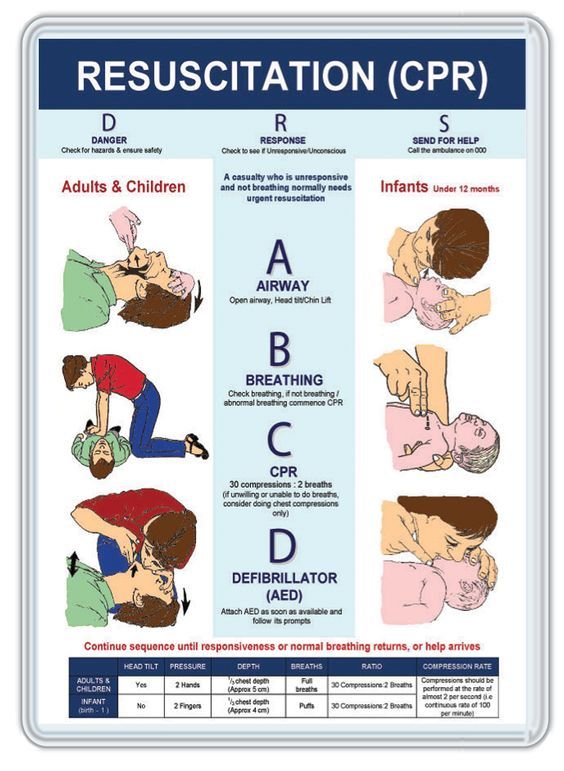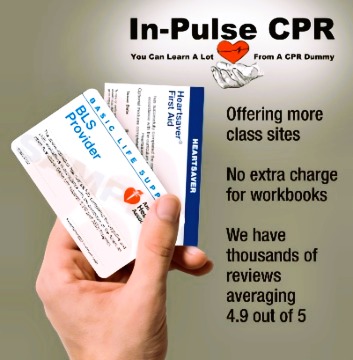Types of CPR: Understanding How the Process Works
When someone collapses from sudden cardiac arrest, their odds of survival are slim. That’s why knowing how to perform CPR (cardiopulmonary resuscitation) is important. CPR can keep them alive until emergency responders arrive to continue treatment.
Unfortunately, many people don’t know how to properly perform CPR because it isn’t something we ever expect to use. But with a little practice and the right techniques, you can save a life as a bystander.
There are three different types of CPR that you may need in an emergency: standard CPR, assisted-CPR, and hands-only-CPR.
Standard CPR
When an AED is not available
Standard CPR is the type of CPR that most of us think of when we hear the term “CPR.” It’s a combination of chest compressions and mouth-to-mouth resuscitation. To perform standard CPR, a person compresses the victim’s chest and breathes into their mouth until help arrives.
Basically, you need to do the following:
- Place one hand on top of the other, with the heel of your hand in the center of the chest.
- Press down on their chest, compressing it about 2 inches.
- Release the pressure, then compress their chest again.
- Repeat this cycle of 30 compressions followed by two breaths until medical help arrives. If two people perform standard CPR, you should give 15 compression each, followed by one or two breaths.
Assisted-CPR Using an AED
Assisted-CPR is CPR that uses an AED (automated external defibrillator).
When using the AED, follow the directions on the machine to shock their heart back into a normal rhythm. After their heart is beating normally again, then you can start CPR. You first start with compressions.
When using an AED, you’ll:
- Place the person on their back.
- Clear the area around the machine.
- Place the AED pads on the victim’s bare chest.
- Plug in the cable for the pad connector.
- Allow the device to assess the heart’s rhythm
- Make sure no one is touching the victim
- Clearly and loudly say, “Clear”
- Deliver the shock by pushing a button
- Once the heart starts beating, you can administer CPR
Hands-Only CPR
When an AED is not available and you are not comfortable in giving breaths
Hands-only CPR only requires chest compressions; no mouth to mouth is required. This type of CPR training is given for bystander CPR. To perform hands-only CPR on someone not experiencing cardiac arrest, follow these steps:
- Place the person on their back.
- Place the heel of one hand in the center of their chest, with the other hand
- Compress the chest about 2 inches
- Release the pressure, then do it again – 100 to 120 compressions per minute
If you’re with or near someone who collapses from sudden cardiac arrest (SCA), call 911 and start CPR. If there are other people nearby who know CPR, ask them to help as well.
Conclusion
Knowing how to perform CPR is a useful skill that can be a lifesaver. It is important, though, to know which type of CPR is best for a given situation.
Standard CPR requires one or two people,and includes breaths and compressions.. Assisted-CPR with an ED requires the assistance of an AED to shock the heart into a normal rhythm. Hands-only CPR only requires chest compressions without mouth-to-mouth resuscitation.
You can’t learn CPR though simply by reading about it. Take an in-person class, so you can get the hands-on training you need to save a life and render the needed aid.




